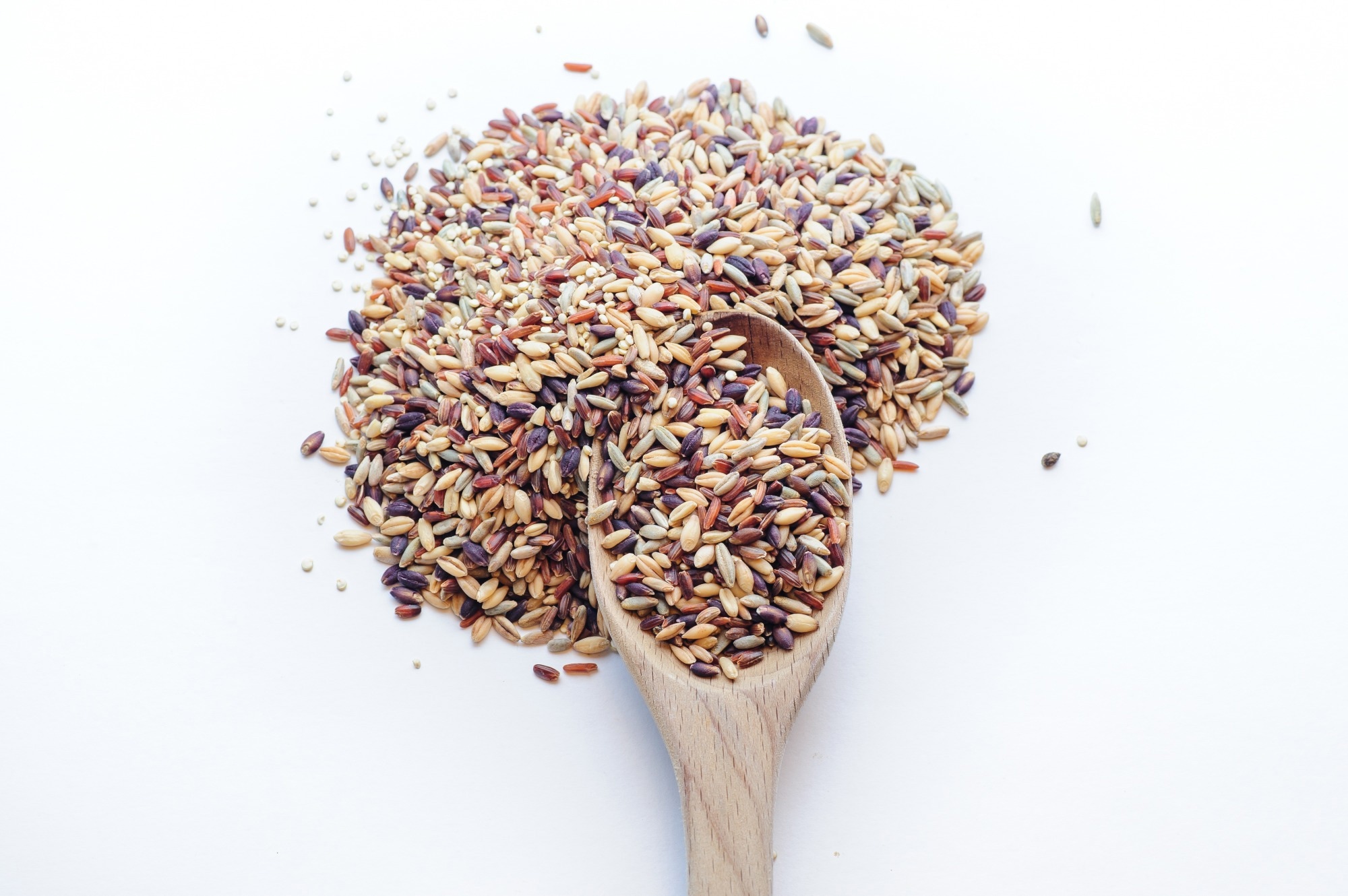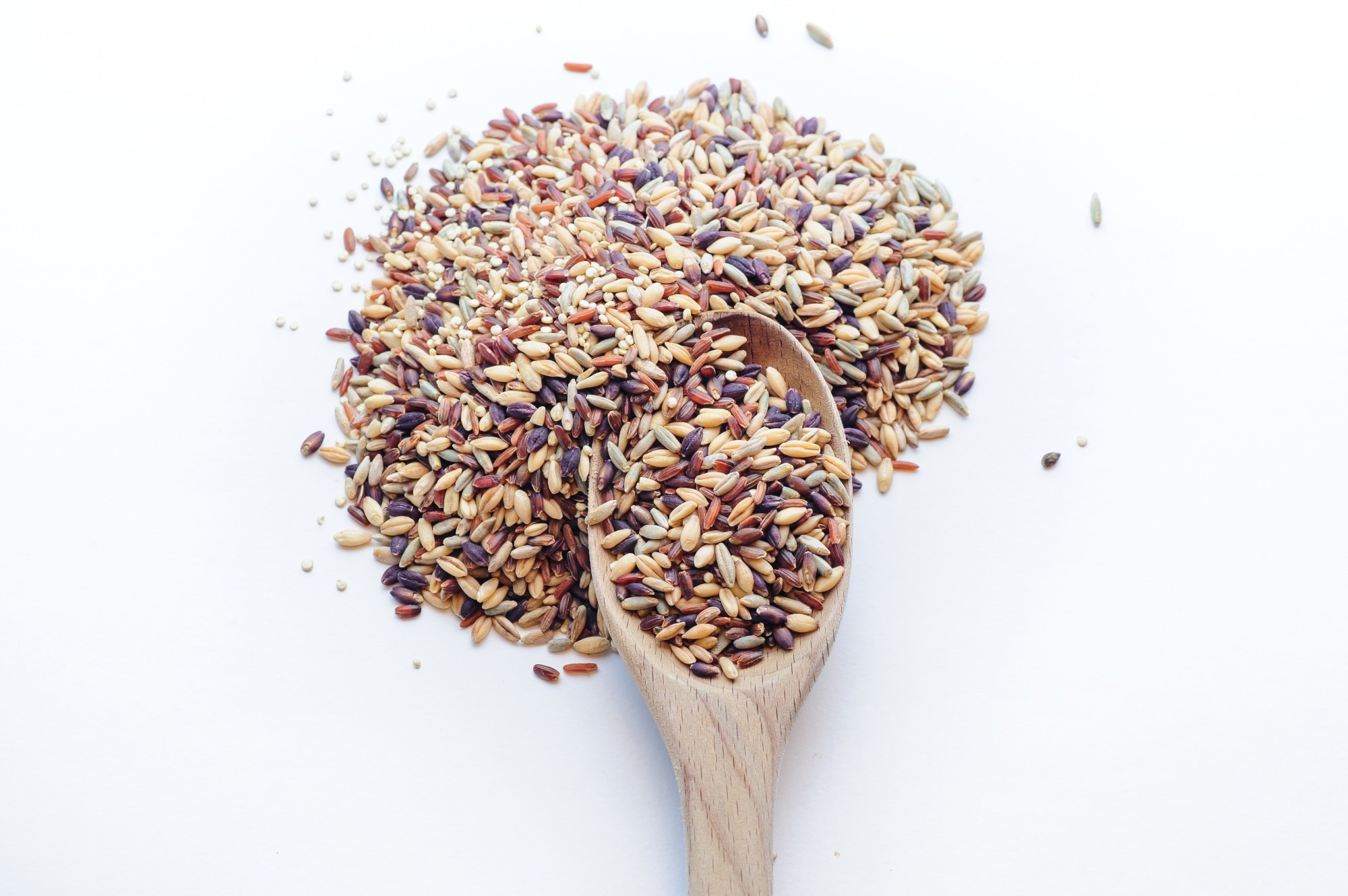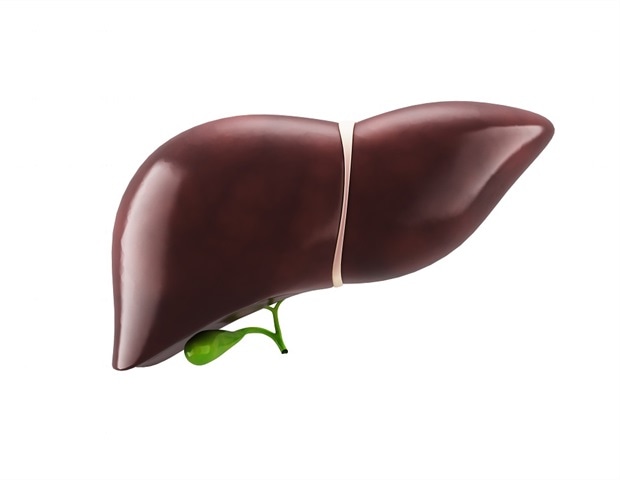In a recent review and meta-analysis published in the journal Nutrition, Metabolism and Cardiovascular Diseases, researchers reviewed and examined available literature investigating the health outcomes of ‘ancient’ grains, including oats, brown rice, buckwheat, chia, and others. Their review of 29 randomized controlled trials and meta-analysis of 13 reveals that consuming oats, brown rice, and millet may improve type 2 diabetes mellitus (T2DM) outcomes (especially lipidic profiles). However, interstudy heterogeneity and insufficient sample sizes render these findings confounding, necessitating further research to confirm the association between ancient grains and diabetes.
 Study: Use of ancient grains for the management of diabetes mellitus: A systematic review and meta-analysis. Image Credit: windcoast / Shutterstock
Study: Use of ancient grains for the management of diabetes mellitus: A systematic review and meta-analysis. Image Credit: windcoast / Shutterstock
Furthermore, with a sole exception, the health outcomes of ancient grains consumption in type 1 diabetes mellitus (T1DM) remain poorly understood. This review highlights the need for additional research with standardized methodologies before the benefits of ancient grains on diabetes can be safely recommended to the public.
Diabetes research – a brief background
Diabetes mellitus (DM), colloquially shortened to just ‘diabetes’, is an umbrella term for a cohort of chronic conditions resulting in abnormally high blood sugar levels. While rarely lethal on its own, the disease has been implicated in a number of morbidity- and mortality-increasing outcomes, mainly as a consequence of cardiovascular risk factors. Alarmingly, DM has more than doubled in its global prevalence in the last 30 years alone, with this number expected to rise to more than 700 million by 2045.
Alongside clinical and pharmacological interventions (glucose-reducing drugs), dietary modifications represent the leading treatment options for patients with DM. While pharmacological interventions have been extensively studied and reviewed for their anti-DM benefits, their dietary counterparts remain less scientifically validated despite their lower side effects and more cost-effective natures.
“Grains are prominent components of the daily dietary intake of DM patients. Current guidelines recommend a balanced diet, with a sufficient intake of carbohydrates, preferring those with a lower glycemic index. Since grains are the principal source of carbohydrates in human diets, interest in the health effects of grain consumption is increasing.”
Ancient cereals, food grains that have not undergone human genetic modifications or selective breeding, represent an untapped biodiversity resource with potential benefits in the war against DM. Despite limited evidence backing their consumption, ancient grains are believed to contain higher concentrations of DM-lowering phytochemicals and fibers than their human-modified counterparts (especially those varieties produced following the 1960’s ‘Green Revolution.’ Unfortunately, a dearth of easily comparable data exists between the ancient and ‘new’ varieties, leaving the debate on which is better hitherto unresolved.
About the review
In the present review, researchers aim to collate and discuss evidence from the literature investigating ancient grain consumption outcomes on DM patients. Specifically, the review aims to provide 1. an overview of the glycemic control impacts of ancient grains on T1DM and T2DM, 2. the ancient grains most often studied using randomized controlled trial methodologies, and 3. the effectiveness of ancient-grain-based diets in managing DM as conventional therapeutic enhancers. The review’s protocol is in accordance with the Preferred Reporting Items for Systematic Reviews and Meta-Analysis (PRISMA) guidelines and has been uploaded to the International Prospective Register of Systematic Reviews (PROSPERO; ref: CRD42023422386).
The review collated publications from four online databases (PubMed, Cochrane, CINAHL, and Web of Science) from database initiation till May 2023. Publication inclusion criteria included experimental designs (randomized controlled trials – the gold standard in evaluating health interventions) and outcomes of interest (survival, long-term morbidity, DM symptoms, glycemic control, monetary costs, and psychological impacts. Studies not authored in English or investigating single-component extracts from ancient cereals were excluded.
Publication screening was carried out using a combination of Endnote (duplicate removal) and the Rayyan platform (title and abstract screening). Finally, manual full-text screening was carried out to identify the final review dataset and select publications included in the meta-analysis. Data collected includes author/s, aims, study design, sample (participant) details, outcomes measurements, study durations, and results. The Cochrane Risk of Bias 2 tool was used for risk of bias assessments, and the Rev-Man v.5 software was used for the meta-analysis. Finally, between-study heterogeneity was evaluated using the I2 inconsistency test and Cochran’s Q test.
Review findings and conclusions
Of the initial 2,634 publications identified during the database search, 1,001 were found to be duplicates, and 1,573 failed to meet study inclusion criteria and were thus excluded, leaving a final dataset of 29 publications, 13 of which met meta-analysis requirements. Included studies comprised a total population size of 1,809 individuals, 55.2% male. Surprisingly, only one study examined the impacts of ancient grains on T1DM, with the remaining 28 focusing on T2DM interventions. The most commonly investigated grains were oats (n = 9) and brown rice (n = 6), with barley and Khorasan (n = 1) representing the rarest.
Meta-analysis results highlight that while the consumption of ancient grains does produce generally positive outcomes in T2DM patients (especially in the case of oats, brown rice, and millets), inter-study heterogeneity makes these results lacking in reliability, preventing their current recommendations as anti-DM interventions. There exists a pressing need for future researchers to use standardized methodologies and results-reporting protocols so that outcomes between studies can be compared and contrasted more effectively.
“Further emphasis should be placed in designing future RCTs with better definition of dietary interventions, adequate sample sizes for relevant clinical outcomes, and sufficient duration of treatment. Furthermore, studies specifically designed for patients with T1DM should be implemented.”
Journal reference:
- Magi, C. E., Rasero, L., Mannucci, E., Bonaccorsi, G., Ranaldi, F., Pazzagli, L., Faraoni, P., Mulinacci, N., Bambi, S., Longobucco, Y., Dicembrini, I., & Iovino, P. (2024). Use of ancient grains for the management of diabetes mellitus: A systematic review and meta-analysis. Nutrition, Metabolism and Cardiovascular Diseases, 34(5), 1110-1128, DOI – 10.1016/j.numecd.2024.03.005, https://www.sciencedirect.com/science/article/pii/S0939475324000929








